May 23, 2017
British Council for Offices launches competition to imagine the office of 2035 0
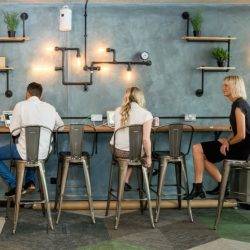 Participants in a new competition to define the ‘office of the future’ will be asked to consider ‘what it will look like, and how it will support the way we will work’ by the British Council for Offices (BCO). The free-to-enter competition is seeking ‘forward-thinking and innovative responses, challenging the conventionalities of today’s workplaces and anticipating future needs’. The BCO hopes that the NextGen programme will allow it to ‘mentor the next generation of professionals – designers, agents, developers, consultants and others – and provides a platform for emerging talent to share their ideas’. The announcement cites social, economic, cultural and technological factors as the main agents of change, leading to changes in the expectations of employers and workers. It suggests that ‘ubiquitous and instantaneous technology; a growing interest in health and wellbeing; a greater desire for organisational flexibility; and an increased awareness of individual’s needs are now all competing factors within the workplace’.
Participants in a new competition to define the ‘office of the future’ will be asked to consider ‘what it will look like, and how it will support the way we will work’ by the British Council for Offices (BCO). The free-to-enter competition is seeking ‘forward-thinking and innovative responses, challenging the conventionalities of today’s workplaces and anticipating future needs’. The BCO hopes that the NextGen programme will allow it to ‘mentor the next generation of professionals – designers, agents, developers, consultants and others – and provides a platform for emerging talent to share their ideas’. The announcement cites social, economic, cultural and technological factors as the main agents of change, leading to changes in the expectations of employers and workers. It suggests that ‘ubiquitous and instantaneous technology; a growing interest in health and wellbeing; a greater desire for organisational flexibility; and an increased awareness of individual’s needs are now all competing factors within the workplace’.






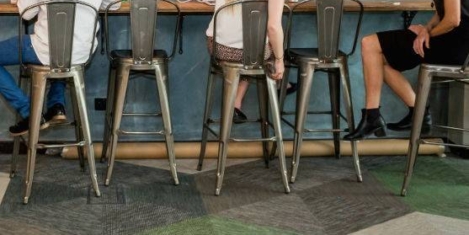
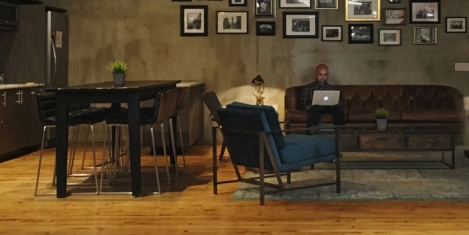
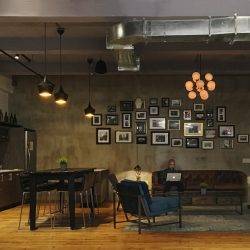


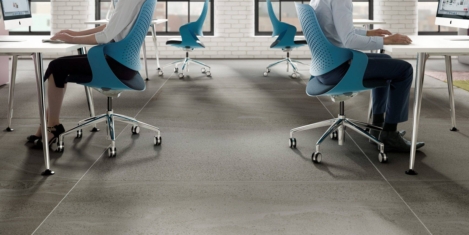
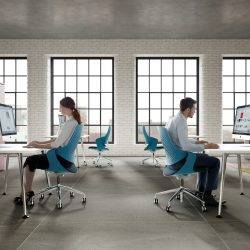



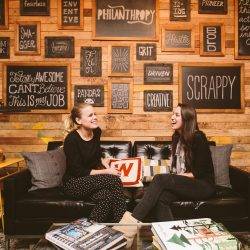
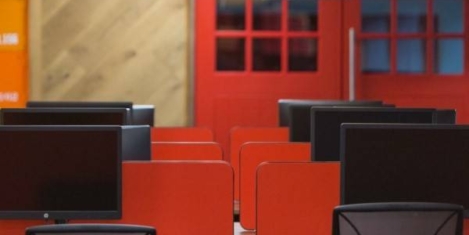
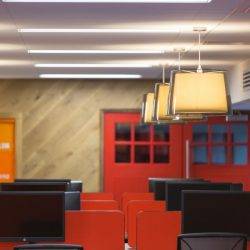
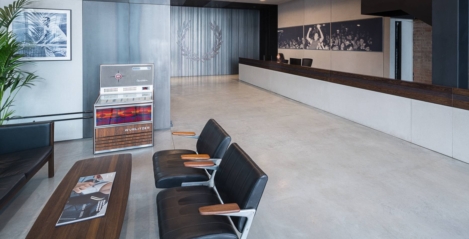
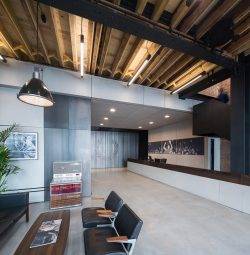
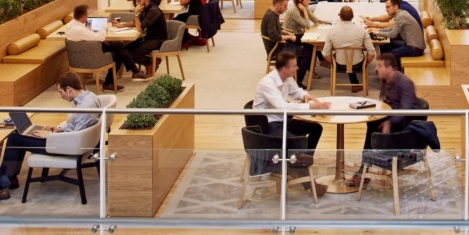
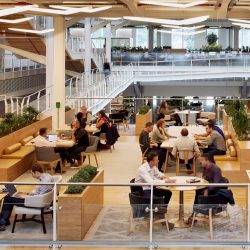
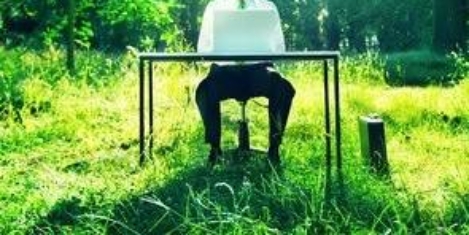
 A major research study into Health and Wellbeing in offices has been launched by the British Council for Offices (BCO). “Wellness Matters: Health and Wellbeing in offices and what to do about it” is a year-long project which aims to provide definitive guidance on how to enable office Health and Wellbeing across a building’s lifecycle. The major research study has been commissioned to critique existing Health and Wellbeing measurement and certification, identify the most recent and relevant medical evidence justifying a proactive approach to Health and Wellbeing in the built environment, and give guidance on the business case for investment in this space beyond simply improving productivity. Most significantly, this research aims to deliver a practical guide to creating a healthy environment across the different stages of a building’s life cycle, from design, construction and leasing to the most important aspect by time and value: occupation and asset management.
A major research study into Health and Wellbeing in offices has been launched by the British Council for Offices (BCO). “Wellness Matters: Health and Wellbeing in offices and what to do about it” is a year-long project which aims to provide definitive guidance on how to enable office Health and Wellbeing across a building’s lifecycle. The major research study has been commissioned to critique existing Health and Wellbeing measurement and certification, identify the most recent and relevant medical evidence justifying a proactive approach to Health and Wellbeing in the built environment, and give guidance on the business case for investment in this space beyond simply improving productivity. Most significantly, this research aims to deliver a practical guide to creating a healthy environment across the different stages of a building’s life cycle, from design, construction and leasing to the most important aspect by time and value: occupation and asset management.





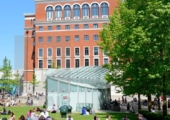


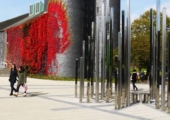

May 26, 2017
Workplace Matters Podcast on productivity, professionalism and activity based working with Chris Moriarty 0
by Ian Ellison • Comment, Facilities management, Podcasts, Premium Content, Technology, Workplace design
(more…)